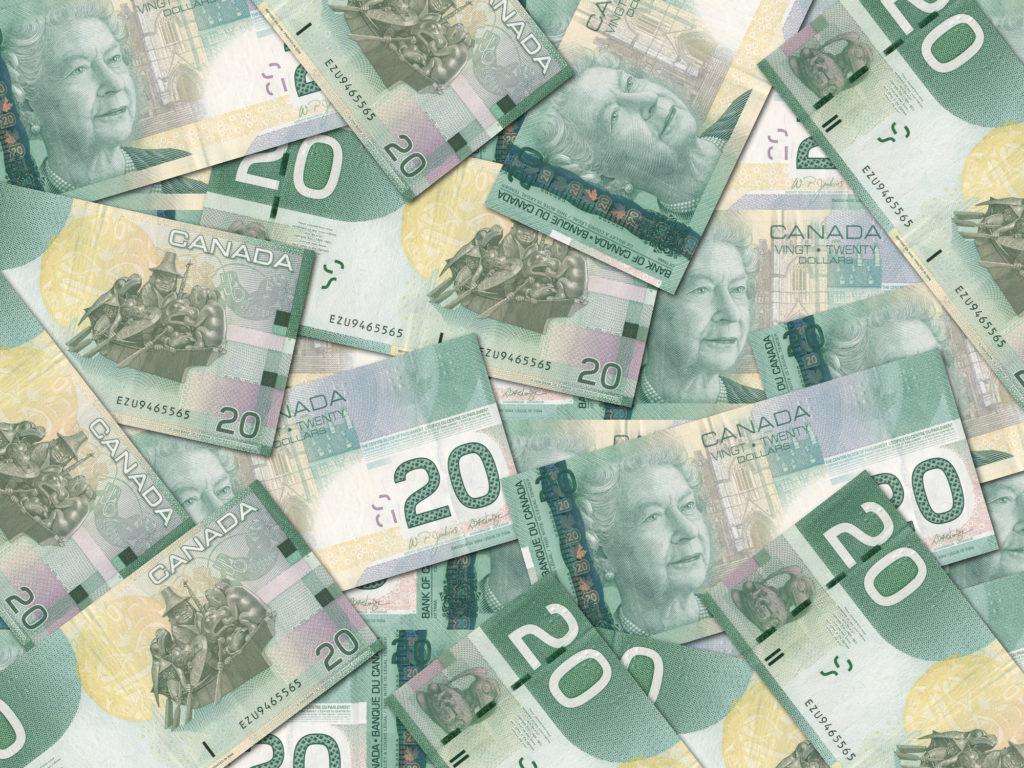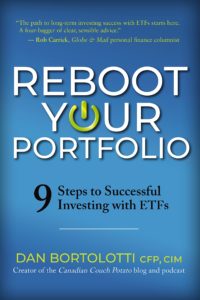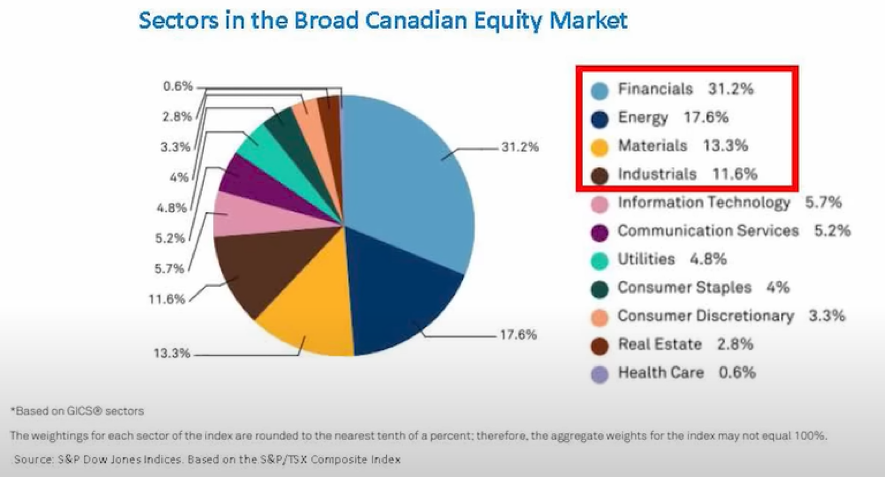
By Beau Peters
Special to the Findependence Hub
You’ve always dreamt about it and now it’s happened. Your ship has come in. You’ve found the pot of gold at the end of the rainbow. Your future is secure. You have found sudden wealth and now the world lies at your feet, just as you’ve always wanted.
And yet, perhaps life isn’t quite what you expected. Perhaps the affluence you’ve found has brought with it as many unanticipated burdens as it has alleviated. Indeed, no matter how you came into your good fortune, the simple truth is that sudden wealth has its own challenges, ones that you must be prepared to address effectively if you want to secure your own future well-being.
The Psychological Toll
Before you came into your money, you probably imagined that if you were only rich, your life would be perfect. To be sure, wealth can solve a lot of problems. You no longer have to worry about how you’re going to keep a roof over your head or food on the table. You don’t have to worry about the car note or your student loans. You’re secure, as is your family.
However, when you’re absolved of financial worries, especially when this relief comes quickly, that can all too often shine a bright spotlight on other issues in your life. The obligation to make a living and pay off your debts might well have served as a distraction, enabling you to avoid confronting challenges in your relationships, your career, or even your own mental health.
With this obligation removed, so too is the distraction it once provided. You may well find yourself overspending in the effort to continue the avoidance. You may panic buy to comfort yourself or to relieve boredom.
You may lavish your friends and loved ones with expensive gifts in an unconscious attempt to buy their affection or to compensate for guilt you may feel over your sudden prosperity. In fact, emotional spending is one of the most significant, and most pernicious, ways people waste money because the pattern is such a difficult one to break.
Whatever the reason, overspending can be one of the first and most important symptoms of psychological distress in your new life. Confronting the source of the issue, the depression, fear, guilt, or trauma that often lies at the root, is essential to overcoming it.
Managing the wealth
When you’ve had a windfall, it can be tempting to think that the hard work is done. It’s often just the beginning. Far more often than not, the greatest challenge lies not in acquiring wealth but in keeping it. Continue Reading…










